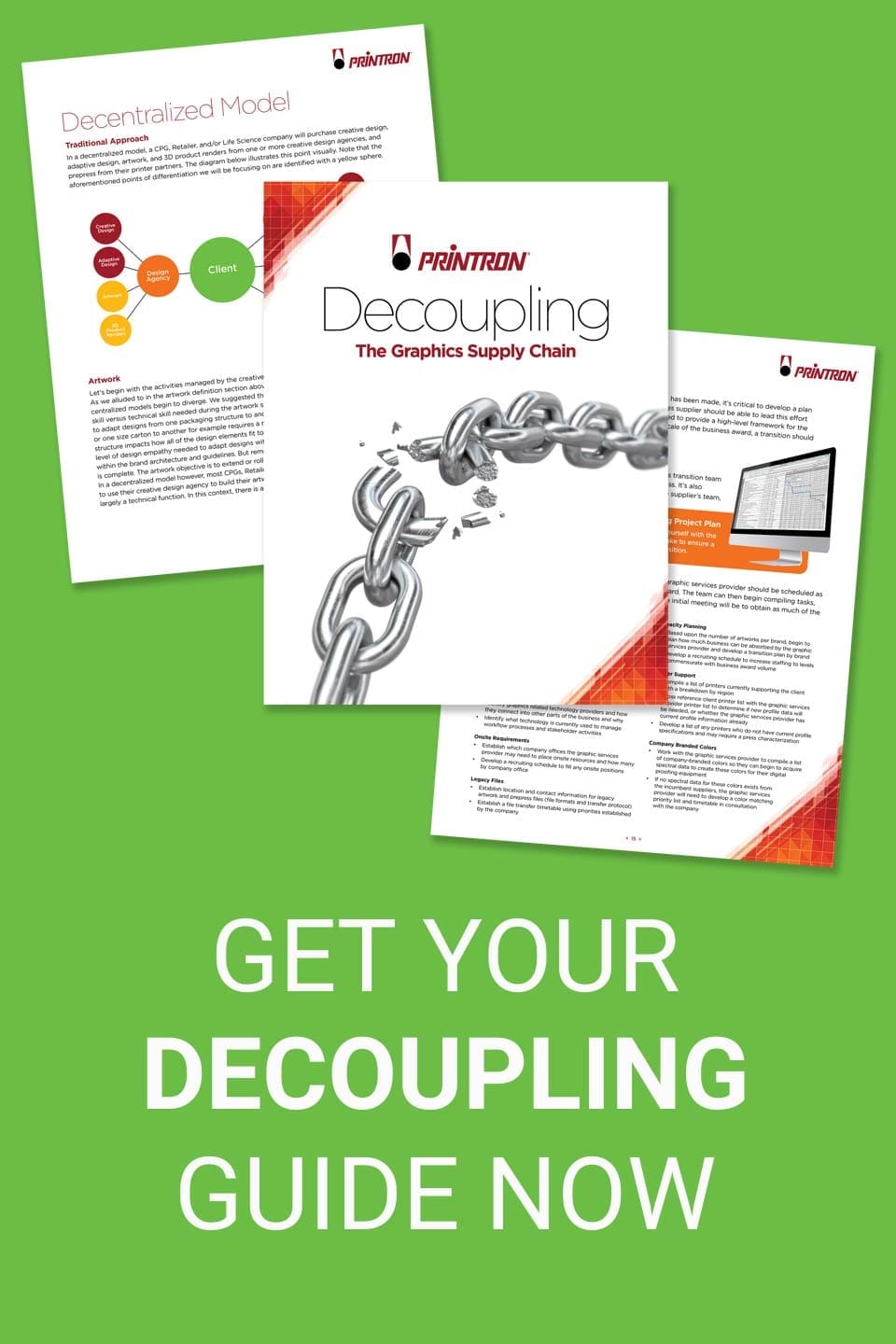Here is a critically important summation of a Webinar given by Colleen Larkin Twomey of Cal Poly State University and Bas Opdenkelder, a graphic consultant at Stanpac Inc. This article was written by Ashley Roberts, Production Editor of packagePRINTING magazine. This is the first in a series of posts that explore the unique advantages of Flexo.
“21st Century Flexo: Conventional Printing’s Place in Packaging’s Future focused on flexography’s strengths in the modern printing and packaging industry. Twomey opened the conversation by pointing out the printing climate as a whole, “isn’t your father’s print industry anymore.” She continued by explaining that not only is packaging a growth area — as evidenced by its heavy presence at drupa 2016 — but flexo in particular represents a large portion of packaged products in the U.S., with 65-80% of products in the grocery store produced using this technology.
Although digital may be gaining traction, it does not come close to the current reach of flexographic printing, which is continuing on its own path of innovation.
- Prepress – Advancements in image resolution, automation, color management, consistency and more have revolutionized the flexo process. She explained that users can minimize waste by maximizing image layout, which when coupled with automatic plate setup, can transition plate setup and workflow to become efficient and lean.
- Plate Technology – The advent of flat top dots, consistency of plates over multiple uses, color control and improved ink transfer have made flexographic printing a strong competitor in the package printing industry.
- Products (Inks, Coatings) – Inks and coatings can’t be forgotten, after all, as Twomey explained, “humans are sensory beings and the innovation in coatings such as soft touch and high gloss are seen on store shelves all over.” They can be used in innovative ways to add perceived value.
- Printing – There have been extensive advancements in automation and a reduction in operator intervention. It’s a focus on lean logistics that is leading some of the biggest innovation in flexography.
- Phase 2 (Hybrid Printing) – In what Twomey described as Phase 2, flexo is developing along with the personalized world that consumers have grown to expect. With versioning in packaging, consumers more easily connect with brands. Package printers are connecting more with OEMs to innovate.
To complement Twomey’s insight into the advancements in flexo, Opdenkelder provided his experience with flexo at Stanpac, a package printer specializing in ice cream and dairy product packaging. Stanpac recently installed one of the latest flexographic press models, adding a 10-color PCMC Fusion central impression flexo press in the spring. He explained that the company decided it needed to figure out how to meet offset quality in a flexo environment. With the press now in operation, Opdenkelder explained it was crucial to the company’s success to find the right team of industry professionals to help with the transition to new technology.
“You have to get a team of professionals together internally first,” he said, “and then spread yourself out to the industry … if you do that, pretty much any project will be a success.”
Adding flexo has had some lasting effects for Stanpac, including cut costs, decreased setup time and increased production capabilities in less time. In addition to the printing benefits, the company’s digital front end workflow has improved communications with customers, Opdenkelder explained, by giving them a 24/7 platform to check job orders.”

